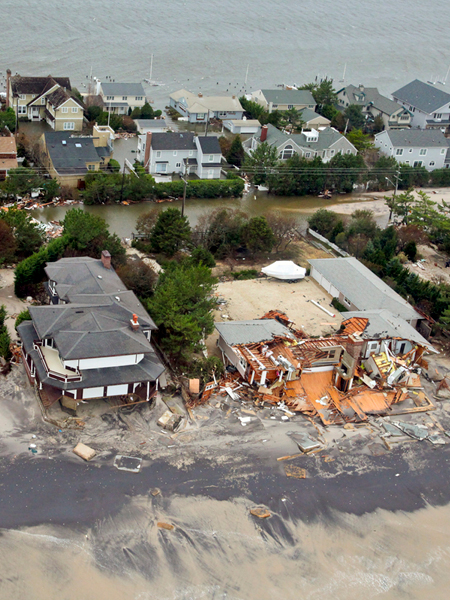Designing Buildings for Flooding and Sea Level Rise

Flooding is one of the nation’s most costly natural hazards, but—despite the risks—construction continues to increase in flood-prone areas. Sea level rise and increased precipitation associated with climate change increase the frequency and severity of coastal and riverine flooding. Even buildings far from the waterfront can be subject to local or urban flooding. Careful planning and design can help reduce the risk of flood damage and minimize the business interruption caused by flood events. In this webinar, we will help designers understand flood hazards and share options for improving building resistance to flood damage to enhance community resilience. We will summarize the various types of flood hazards, discuss strategies for designing flood damage-resistant buildings, and explore various approaches to flood mitigation.
LEARNING OBJECTIVES
After attending this webinar, participants will be able to:
- Understand flood risk for various project sites, whether within a mapped floodplain or not.
- Identify regulatory requirements for new construction and substantial improvements within flood hazard areas.
- Recognize the advantages and disadvantages of various flood mitigation strategies for buildings.
- Discuss techniques for implementing flood mitigation measures at new or existing buildings.
Participants will earn 1.0 AIA CES Learning Unit (LU/HSW) for attending the live webinar. Registration is free. Please note that space is limited – email events@sgh.com to join our waitlist if the session is closed when you register.
